Prototyping
- Prachi Shah
- Jun 24, 2022
- 2 min read
-Prachi Shah
Prototyping is an early sample, model, or release of a product, built to test a concept or the process of a contraption. In this span of 4 days, we made to-scale models of everyday objects. The objective was to closely study various types of tools, machinery, and materials along with their usage in the making of a 3D model. We used cardboard, sunboard, styrofoam sheets, polish paper of different grain sizes along with two types of filers: smooth and rough, hacksaws, and the polishing machine from the workshop. Coordination and being open-minded towards the ideas of our partners are the two most predominant things that I learned from the module. I learnt how the filer helps to give shape and remove excess material. Moreover,the pressure of the hand must be different at different places to acquire the required geometry. At first,I was struggling with the movement of the wrist in the direction of the curve that was essential for the styrofoam block to give the essence of the vegetable chopper, but our mentor, Sunil Jambhulkar taught us how it must be held to give it the roundity. My partner and I were assigned to make the prototype of a vegetable chopper. We first drafted several views of the object along with its dimensions in order to fully understand its scale. Later, we built templates that helped in achieving the exact shape of the container including the bulges and the depressions. Sunil guided us when we could not figure out where to scrape off the material in order for the template to fit exactly into the prototype. The polishing machine was used to give a definite shape to the object, and lastly, the polish paper was used for the fine finishing of the object. The polish papers included three different grain sizes where the largest one allowed minute changes in the shape, the intermediate one was to smoothen the broken edges and the finest one was to give a proper finish to the object. We started with the basic outer form of the container followed by the lid. Next, we made the handle and attached it to the main container using a thread. In the end, we carved out minute aesthetical details on the lid and the sides of the container. Patience is another key thing that I acquired from this module. The process of making the model was an iterative one till we could achieve precision in details. In the beginning, I was very confused about where to start and how to go about it, but it all started falling into place once I started working on it, and the more I worked, the clearer the process got.


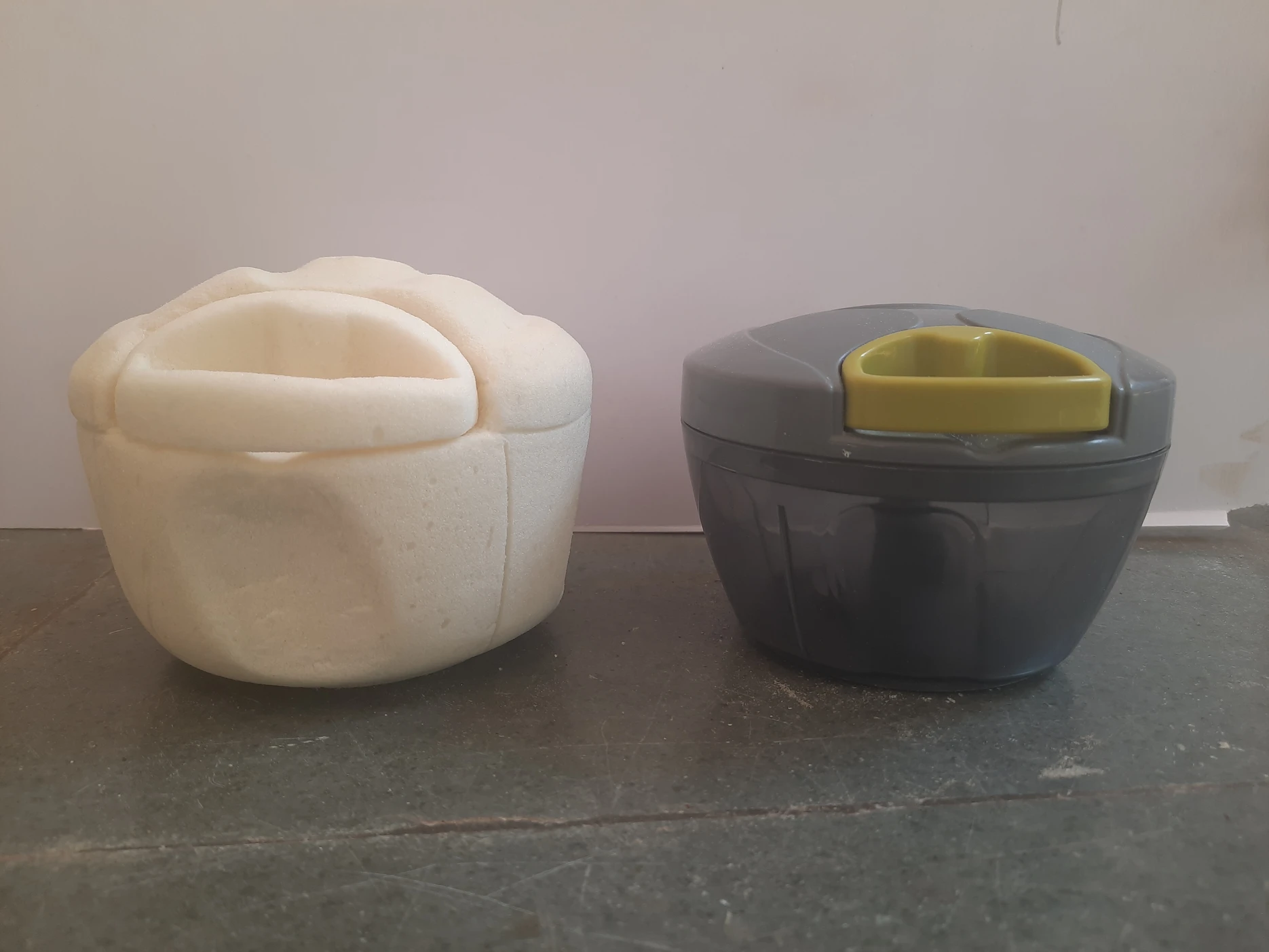
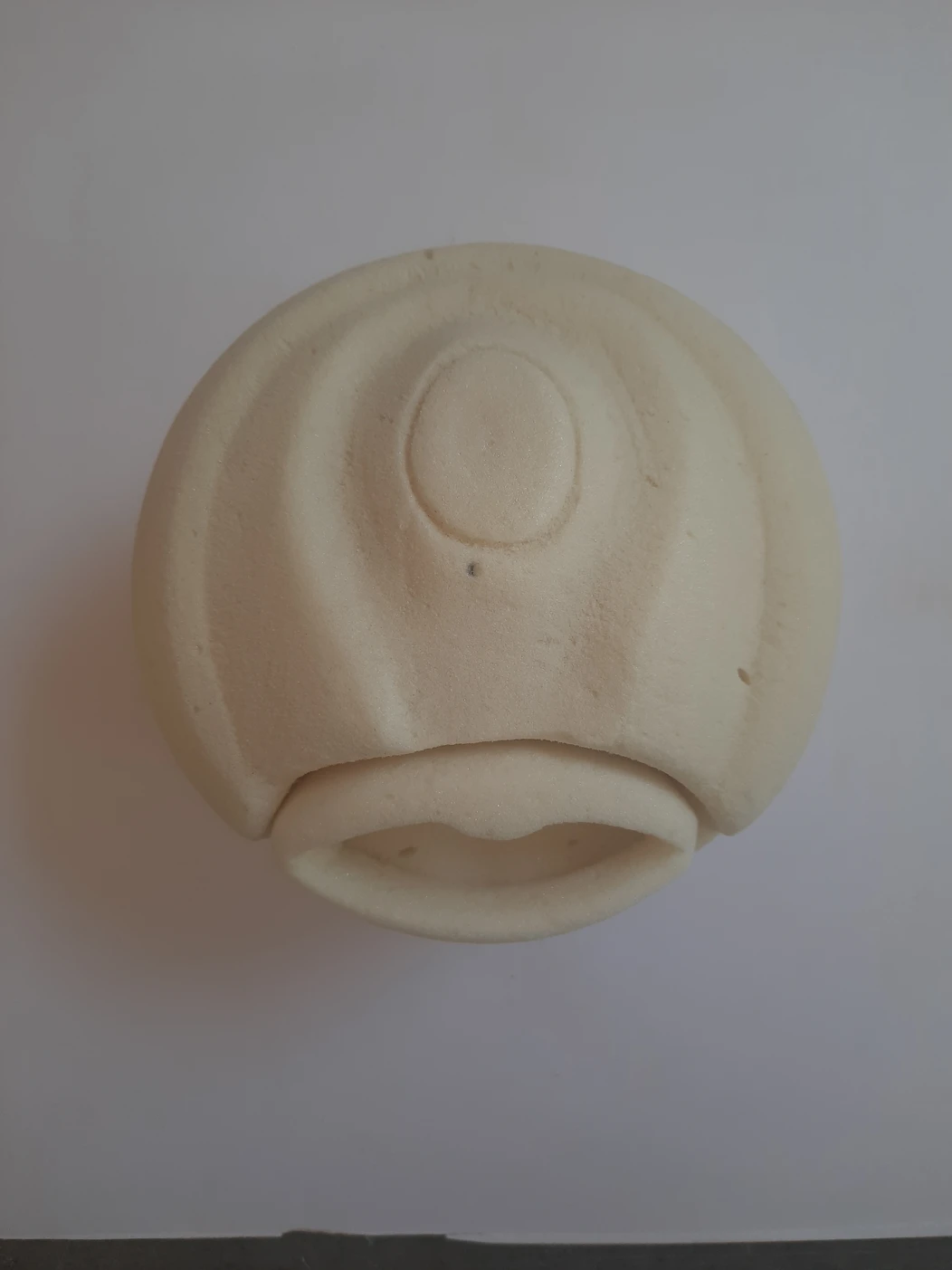
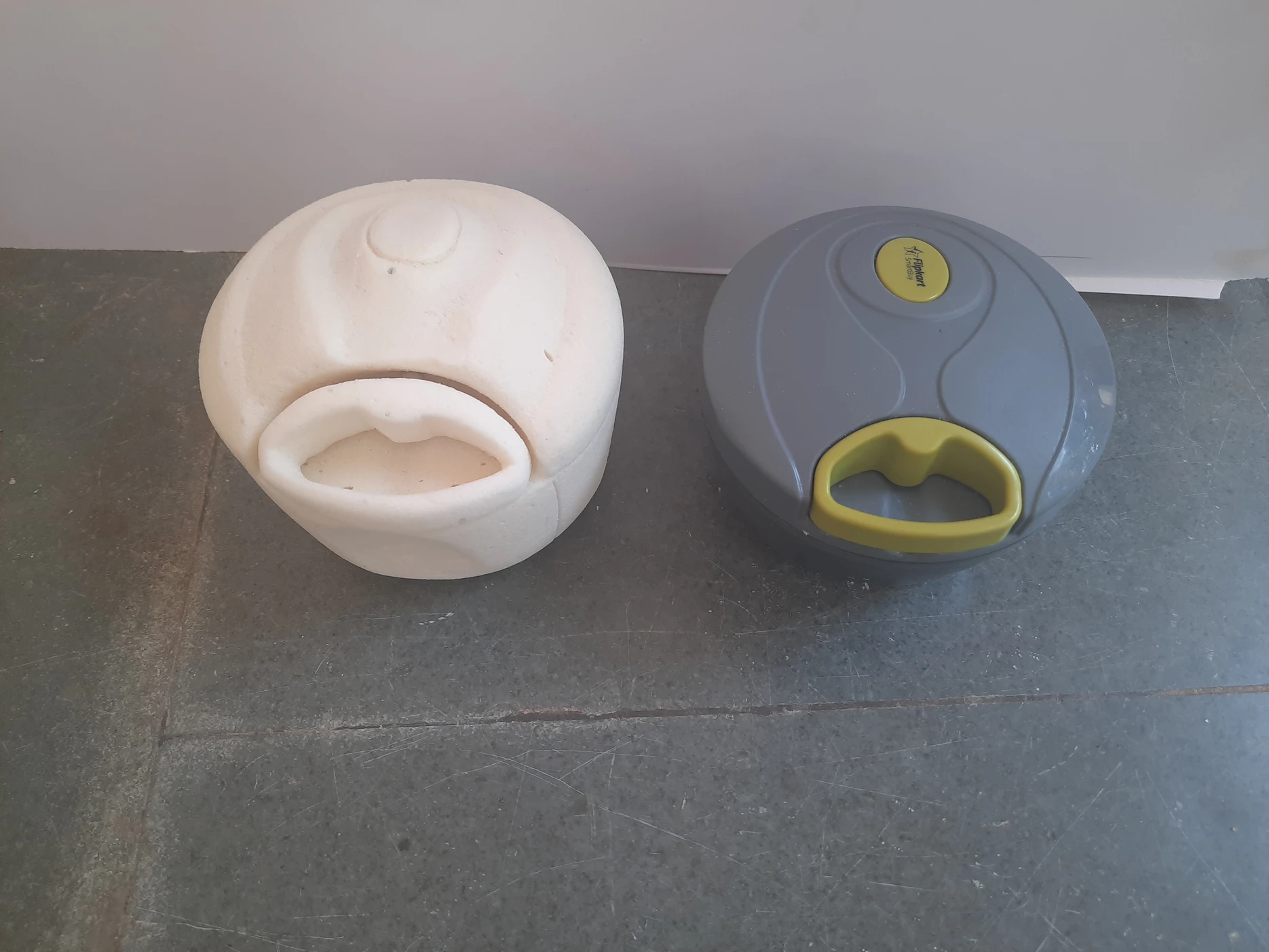
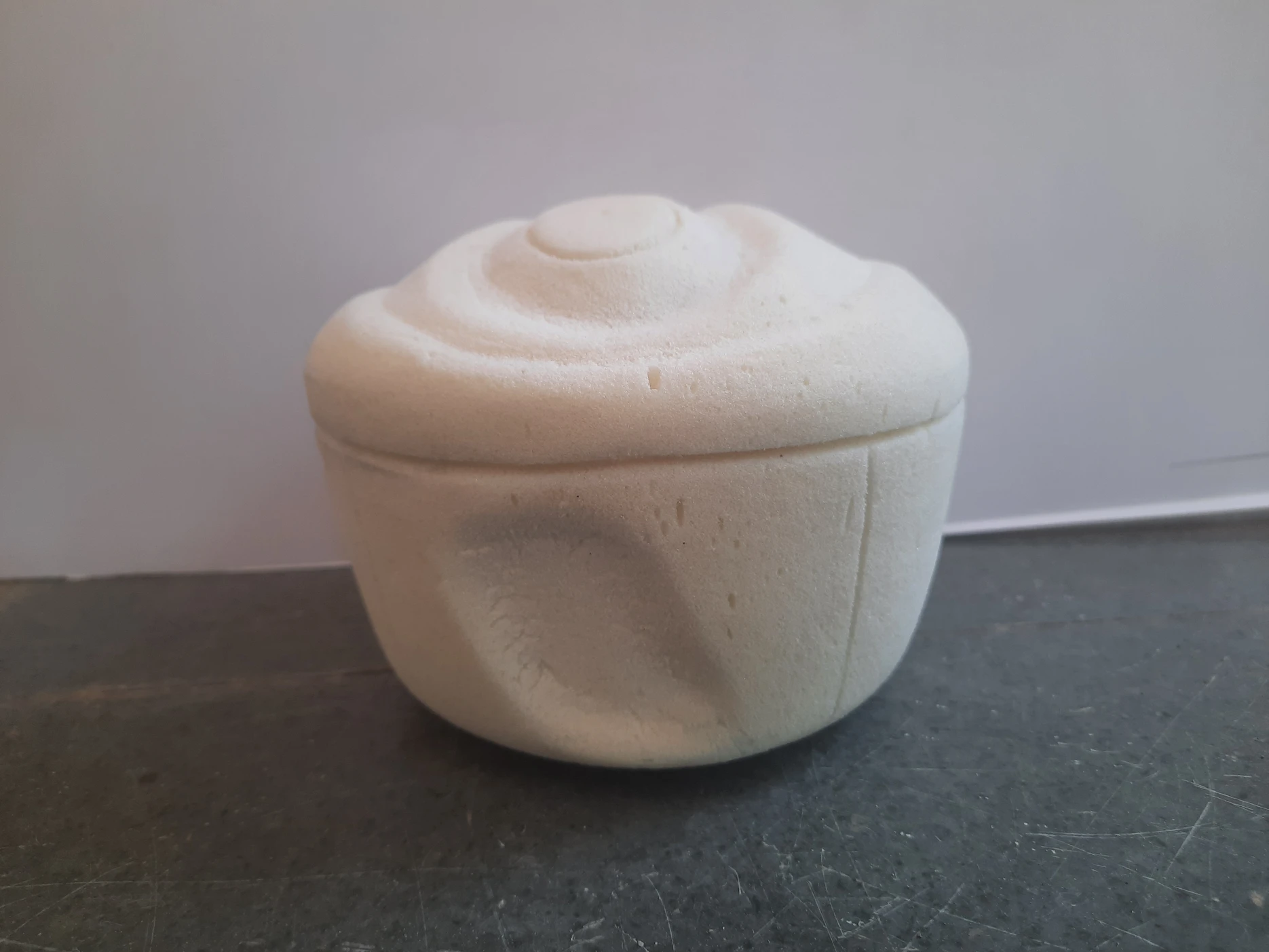
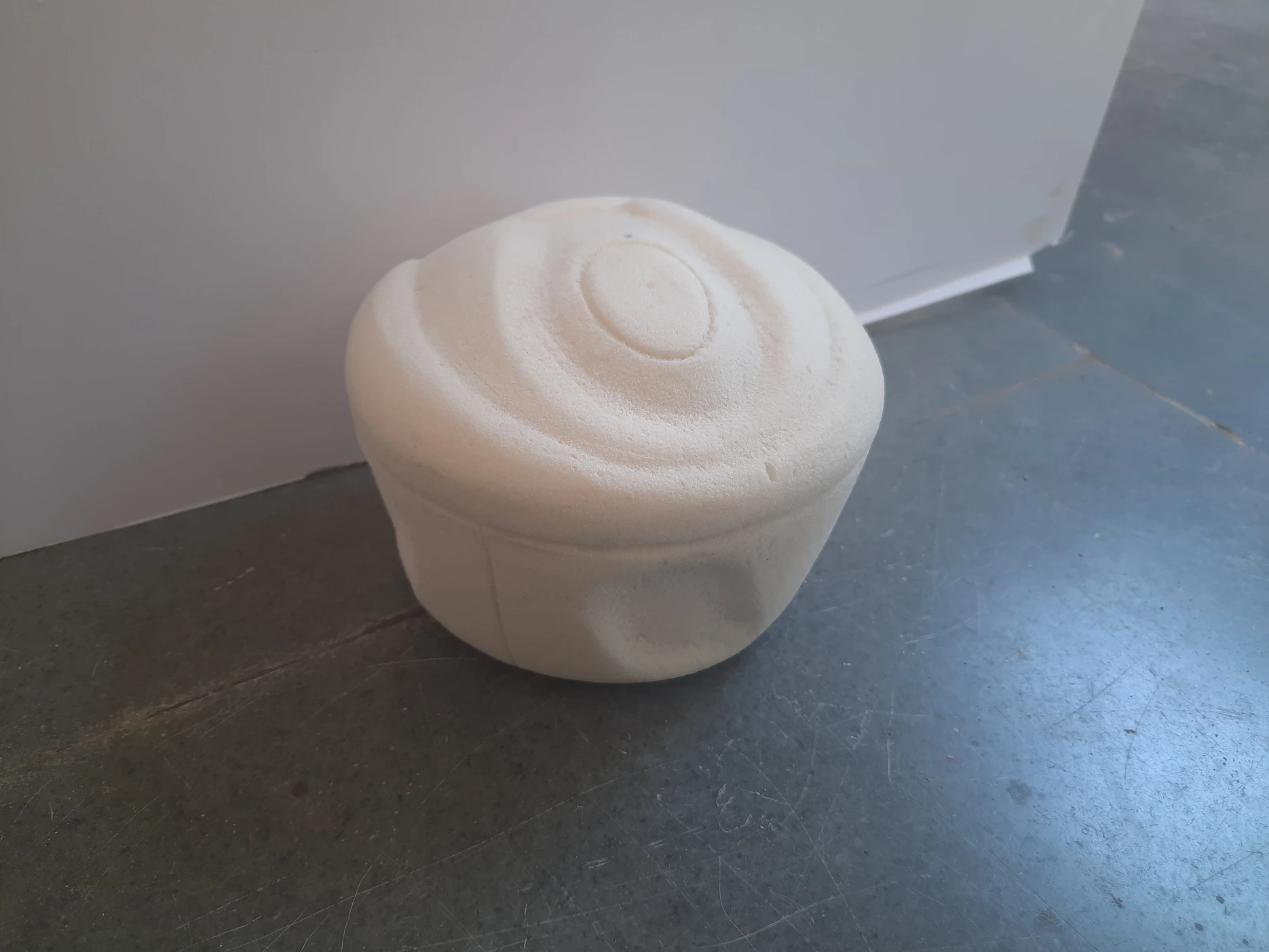



Comments